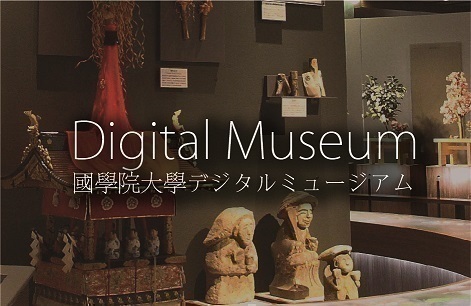- トップ
- Encyclopedia of Shinto
- Yamanokami
Encyclopedia of Shinto
| Main Menu: | |
| Links: |
詳細表示 (Complete Article)
| カテゴリー1: | 2. Kami (Deities) |
|---|---|
| カテゴリー2: | Kami in Folk Religion |
| Title | Yamanokami |
| Text | [Yama no kami] "Kami of the mountain." While the term yama no kami is a general expression referring to any kami dwelling in a mountain, a number of differences exist between low-land agriculturalists and mountain folk (people who make their living from various forestry or mountain-related occupations) in the character of their yama no kami and respective ways of worshiping such kami. While the expression yama no kami is found throughout Japan, other locale-specific terms also exist, including sanjin, jūniyamakami, osatosama, and sagamisama. Agriculturalists in many parts of Japan share the belief that the yama no kami and ta no kami (rice field kami) share a dual identity, traveling between mountain and village in spring and fall. In the spring, the yama no kami descends from the mountain and enters the rice field, where it becomes the ta no kami which looks over the growth of grain. Following the fall harvest, the ta no kami leaves the rice paddy and returns to the mountain, where it becomes the yama no kami until the next spring. This phenomenon indicates that the kami involved is conceived of as a single entity sharing both characterstics of yama no kami and ta no kami, and leading to a widely accepted theory that the kami's original identity was that of an ancestral spirit. For Japanese farmers, the yama no kami represents a tutelary of agriculture responsible for bringing the water that is most crucial to rice farming. In contrast, the mountain peoples who make their livings by hunting, charcoal burning and forestry generally consider the yama no kami a tutelary of the mountain, but they do not share agriculturalists' belief that the yama no kami and ta no kami alternate between mountain and rice paddy. While some agriculturalists believe that the yama no kami is female, mountain peoples extend the concept by saying that the yama no kami bears twelve children each year, thus representing a kami with strong reproductive capabilities, and in some areas leading to an identification with the ubugami, a tutelary of infants and childbirth (see also ubusunagami). Further, woodturners (latheusing woodworkers called kijishi or rokuroshi), consider the yama no kami to be a married pair, and thus enshrine paired male and female images of the kami. Mountain people's practices regarding the yama no kami tend to involve strict taboos or imi, for example, prohibitions against entering the mountain on the day of the kami's festival: since the kami counts the mountain's trees on that day; it is said that anyone cutting down a tree that day will be pinned under it and die. The yama no kami is also sometimes said to dislike women, or to be adverse to the pollutions of childbirth and menstruation. Some say that the yama no kami is an ugly hag, with the result that rituals are performed to flatter the kami by offering her items thought to be even uglier, in hopes she will respond by granting worshipers blessings from the mountains. This belief was thus linked to the practice of offering stonefish to the kami of the mountain. See also Okuyamazumi. -Iwai Hiroshi |




